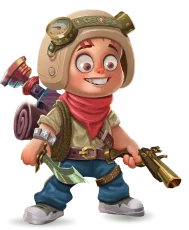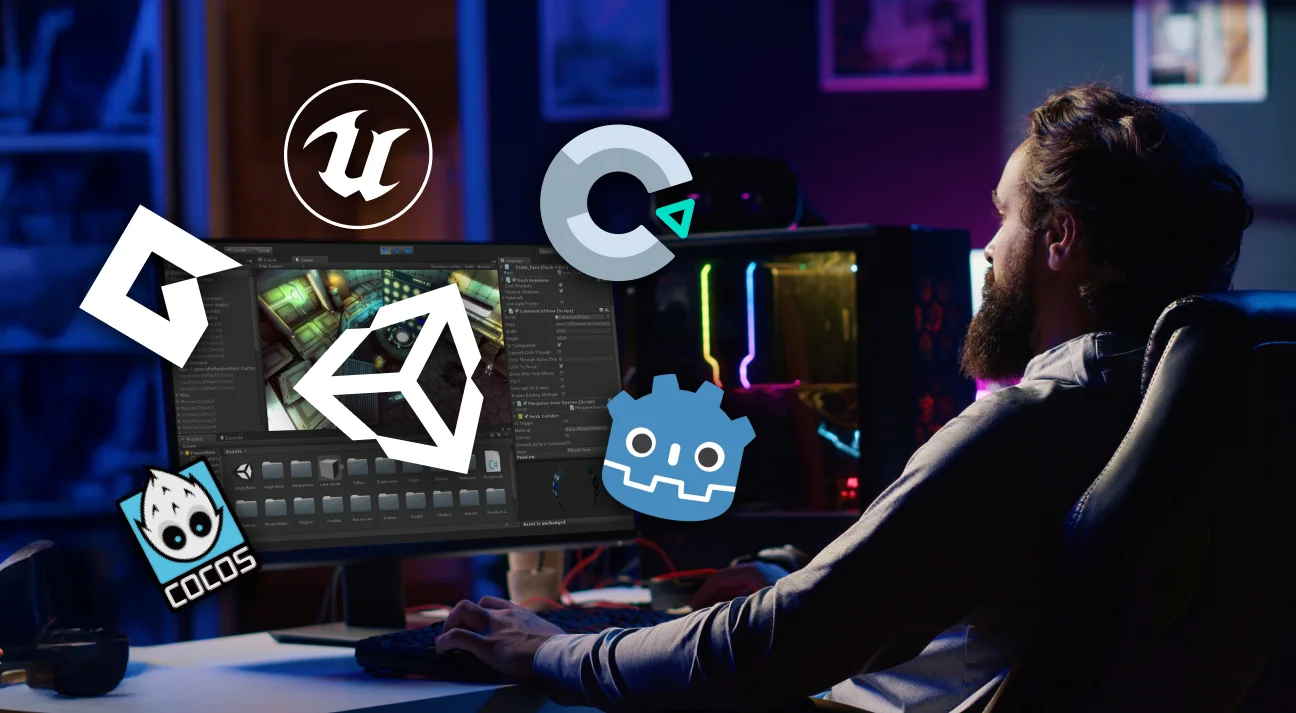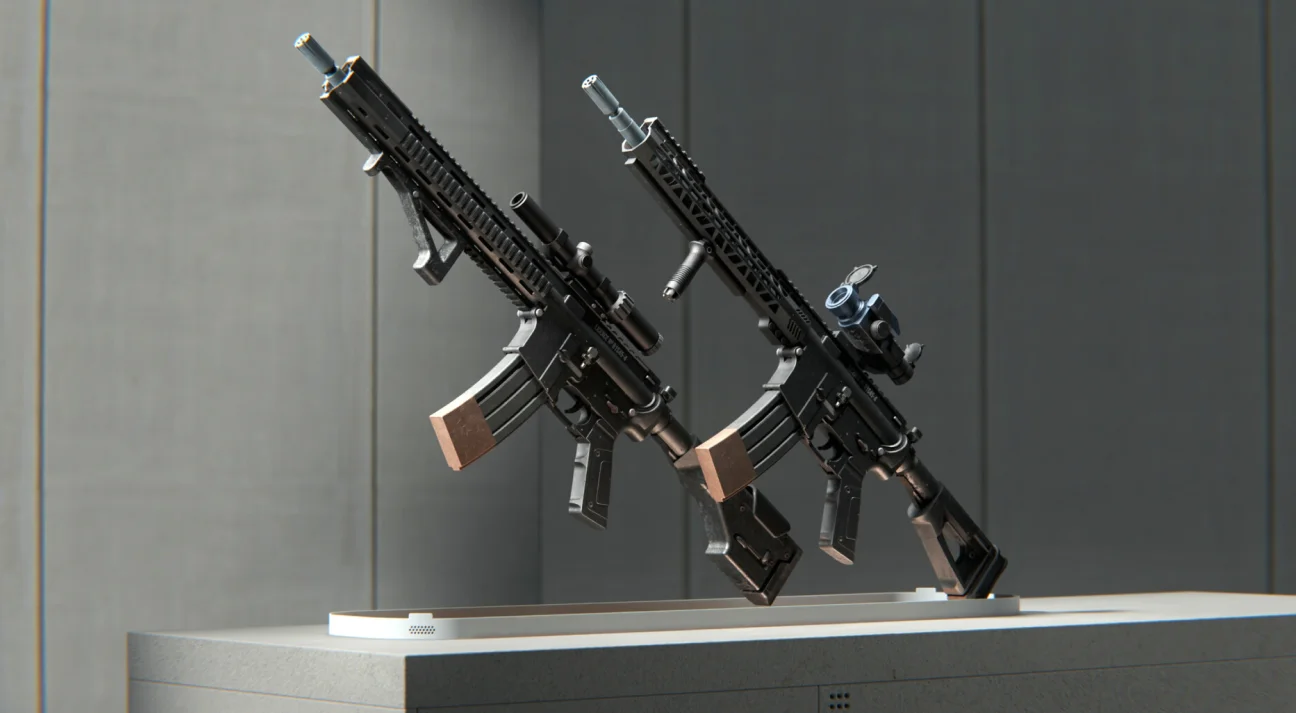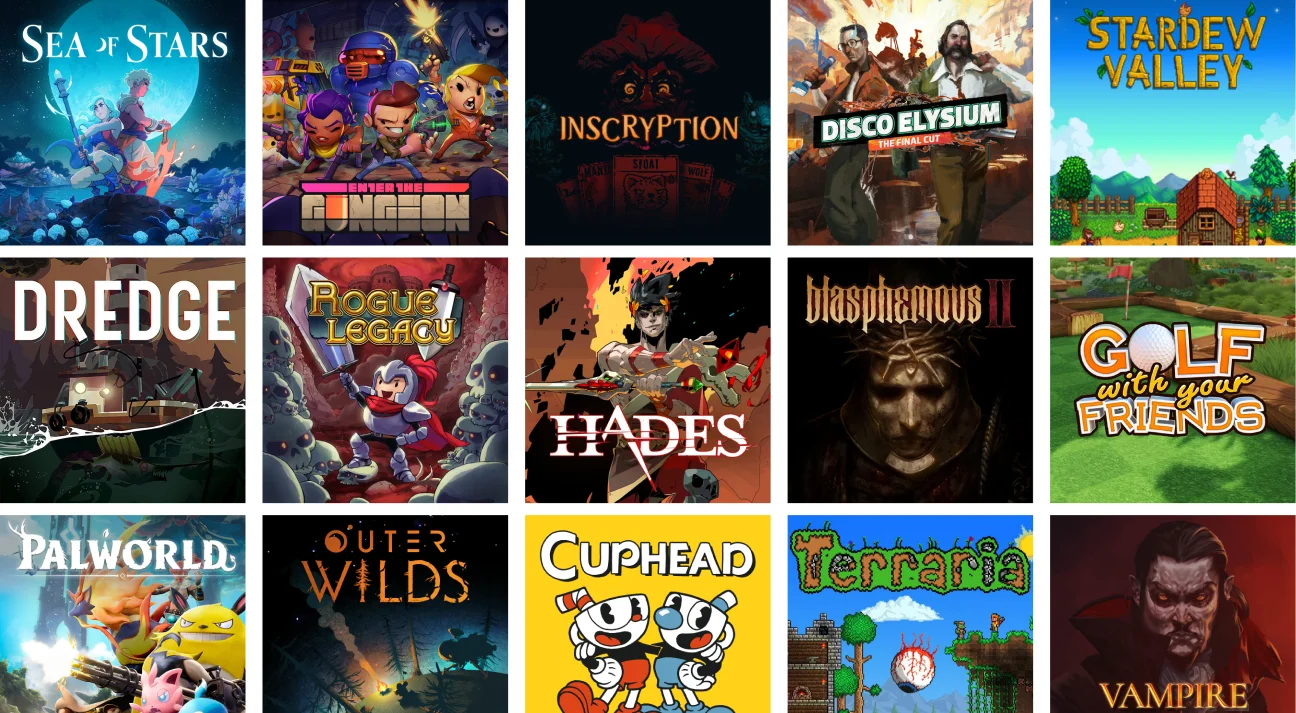
How Long Does it Take to Make an Indie Game? A Complete Guide
Indie game genres are currently driving the most revenue, competing with AAA titles in terms of popularity, revenue, and sales. This blog provides an in-depth exploration of the various aspects of Indie game development, focusing on revenue generation, the most profitable game genres, effective monetization strategies, top games, cost, and development process.
Do you know some of the most popular games in recent years that made millions were Indie games created by small teams or just one game developer? It is true. That’s Indie game development for you!
Indie games have had a significant impact on the gaming industry by pushing boundaries and introducing new ideas. They have proven that a game doesn’t need a massive budget to be successful or influential. Even though the gaming industry evolved with time but Indie games never lost their foothold in it.
But how do they do it?
How on earth does the Indie game creator make money from it?
How much does it cost to develop an Indie game?
What are the most effective ways to monetize your game?
Which Indie games have set a high standard for success?
This guide will walk you through the Indie game development process by exploring budgeting tips, revealing successful monetization strategies, and showcasing top Indie games that have made their mark.
- What are Indie Games?
- What are the Best Revenue Generation Strategies for Indie Games?
- Which Indie Game Genres Are Driving Profits More?
- Best Indie Games That Have Achieved Great Success
- Key Steps and Team Composition for Indie Video Game Development
- What is the Cost of Indie Game Development?
- Develop High-Quality Indie Games with 300mind’s Assistance
- FAQ on Indie Game Development
What are Indie Games?
Indie games or independent games are video games created by small development teams or individuals without any financial backing from large publishers. These games showcase creative freedom, allowing developers to experiment with unique concepts, art styles, and gameplay mechanics that major companies might overlook.
Putting it all together, small teams with limited budgets typically develop Indie games, often catering to niche markets and distributing them through various platforms.
What are the Best Revenue Generation Strategies for Indie Games?
Generating revenue from indie games requires a multifaceted approach, balancing the game’s inherent qualities with effective console, PC or mobile game marketing and monetization strategies. Below-mentioned are some of the best revenue generation strategies for indie games:
Direct Sales
You can sell your games directly on the official website, digital platforms, app stores, etc. These platforms offer a large audience, increasing downloads and overall revenues. Moreover, they help you retain customers and build a community of game lovers.
Free-to-Play
The freemium model is an effective and proven strategy for generating revenues. You can keep a part of the game free and sell access to additional levels, areas, or chapters that expand the game’s content and provide new experiences for players.
You can sell in-game assets, characters, outfits, visual customizations, unique themes or backgrounds that players can use to change the appearance of the game environment or interface.
Pay to Download
To encourage more downloads, you can give initial access to a portion of the game for free. The portion may include the first few levels, a demo, or a trial period. This free portion serves as a teaser, showcasing the game’s mechanics, story, graphics, and overall appeal to the new players.
Once players reach a certain level or achieve a specific score, allow players to download the full game in exchange for a fixed amount. The transition from the free portion to the full game should be seamless. Players shouldn’t feel like they are restarting; instead, their progress, achievements, and items should carry over to the full version.
Play to Win
You can opt for a play-to-win game monetization model that focuses on generating revenue while maintaining a fair and balanced playing field where success is determined by player skill rather than financial investment.
To promote investment, you can introduce in-game purchases or battle passes that offer a series of rewards as they progress through tiers by playing the game. These rewards can include exclusive outfits, cosmetic items, badges, weapons, superpowers, or other items that give players a competitive edge over others. However, the gap should be balanced and justified and not offend non-spenders.
Subscriptions
You can partner with existing platforms like Play Store, Microsoft, iOS store, etc., and offer subscribers access to the Indie video game in exchange for a fixed amount. You can also offer a variety of subscriptions for different time frames. You can also offer lifetime passes that grant access to all current and future content for a lifetime period.
In-game Purchases and Microtransactions
You can offer players the option to buy virtual goods, currency, and other enhancements within the game. This model typically contains various types of purchasable items, such as cosmetic items, virtual currency, consumables, and unlockables. The purchases must involve real money and in-game currency. Also, you should give options to buy in-game currency to promote more spending.
You can give limited-time offers, and discounts and go for tiered pricing creating urgency and catering to different player budgets, from small microtransactions to larger purchases. You can also bundle items into discounted packages to provide perceived value and encourage larger purchases.
Ad Revenues
The ad revenue monetization model is a viable strategy for indie games, allowing developers to generate income by integrating advertisements into their games. You can put various types of advertisements, including banner ads, interstitial ads, rewarded video ads, native ads, etc.
Also, place these at natural breaks in gameplay to minimize disruption. Keep a balance between ads and gameplay as too many ads can lead to frustration and drive players away, while too few can limit revenue potential.
Sponsorship, Licensing and Merchandise
The merchandise revenue model leverages the game’s brand, popularity, and intellectual property to create additional income streams. Also, sponsorship involves partnering with brands to feature their products or advertisements within the game environment.
Which Indie Game Genres Are Driving Profits More?
Indie game genres driving profits more than others typically reflect trends in player preferences, the uniqueness of gameplay experiences, and the scalability of game development within the indie scene. Here are some of the most profitable indie game genres:
Action and Adventure
Action and adventure games offer engaging and diverse gameplay experiences that keep players hooked for hours and help the Indie game creator expand their user base. Action games are built using fast-paced mechanics that require quick reflexes and strategic thinking, while adventure games provide rich narratives and exploration opportunities.
For example, Hollow Knight, the action-adventure game, sold more than 6 million copies on Steam and earned $89 million in revenue across all platforms. The game was set in Hallownest, a vast, interconnected, and atmospheric world teeming with mystery and danger. The game is celebrated for its intricate world-building, challenging gameplay, and emotional depth. Its success has led to a dedicated fanbase and investment opportunities in Indie game development.
Puzzle and Platformers
Both puzzle and platformer games often have simple, intuitive controls that make them accessible to players of all skill levels. These genres attract both casual gamers looking for a quick, enjoyable experience and hardcore gamers seeking challenging, skill-based gameplay. This dual appeal helps drive higher sales and engagement.
For example, Indie games like the Ori series sold 10+ million copies worldwide. The series was praised for its inventive worlds and fluid movement systems, making it a standout title in the genre.
Role-playing games (RPGs)
Role-playing games (RPGs) in the Indie game sector generate significant revenue due to their ability to offer deeply immersive experiences that attract a loyal and dedicated player base. RPGs typically feature intricate storytelling, complex character development, and expansive worlds, elements that resonate strongly with players seeking rich and engaging narratives.
Indie developers excel in this genre by delivering unique and innovative gameplay mechanics, often filling niches or exploring themes that mainstream titles may overlook.
For instance, RPG games like Undertale have sold 6.3 million copies, generating a whopping gross revenue of $44.5 million worldwide.
Management and Strategy
The genre features games that involve complex decision-making, resource management, and strategic planning, appealing to a wide range of players who enjoy challenges that require critical thinking and foresight. Creators hire game developers to work on innovative ideas that include complex mechanics and unique themes to set their games apart from mainstream titles.
Games like Stardew Valley blended farming simulation with RPG elements and achieved massive success through these platforms, continuously drawing in new players and maintaining a strong, active community. The game was generated by a developer named Eric Barone. The game became popular among players and sold 20 million copies worldwide, earning enormous revenue of $300 million. That’s the level of an Indie video game development project. They cost less but can earn millions.
Horror
The appeal of horror games evokes strong emotional responses, such as fear, suspense, and curiosity, which create a compelling and memorable gameplay experience. While developing horror games, Indie developers focus on atmospheric storytelling, unique game mechanics, and innovative scares that distinguish their games from mainstream titles.
Amnesia: The Dark Descent game is a first-person survival horror game. It provides an experience that sends chills down the player’s spine, taking them into a different, dark, gloomy, but immersive world.
Also Read: Top Video Game Genres: What’s Keeping Players Hooked?
Best Indie Games That Have Achieved Great Success
The best-selling indie games of all time have achieved remarkable success, often rivaling or surpassing mainstream titles in popularity and sales. Here are some of the most notable best-selling indie games:
Minecraft
Markus “Notch” Persson created Minecraft in 2009 as a side project while working as a game developer. The game’s unique concept of a procedurally generated world where players could build and destroy blocks quickly gained attention.
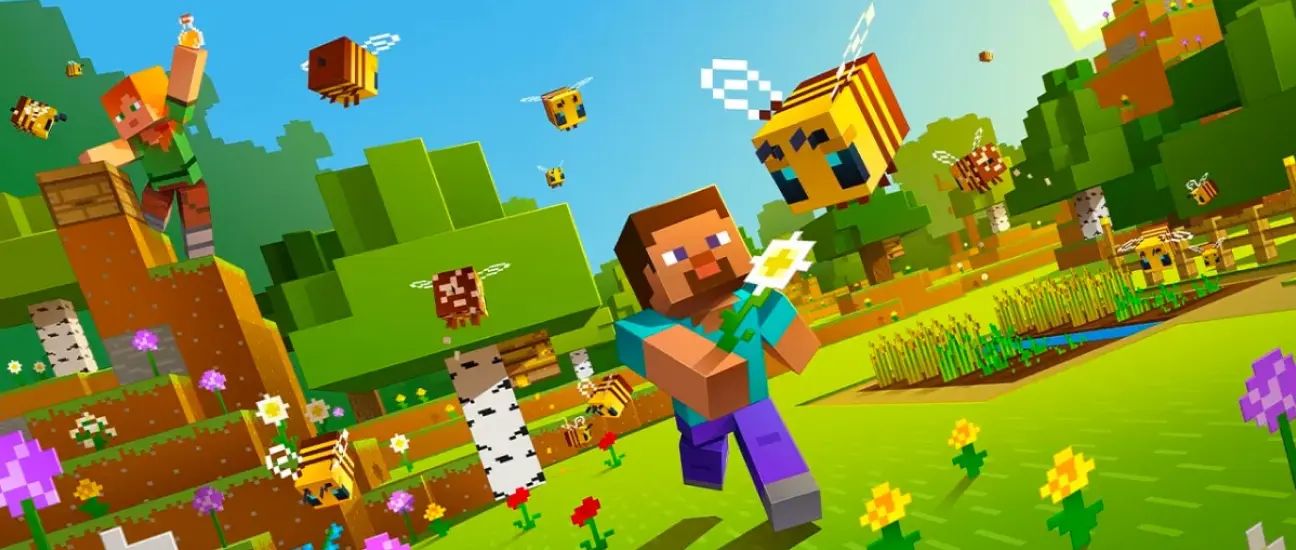
The game’s simple graphics and relatively low system requirements made it accessible to a wide range of players. Regular updates, spin-off games, merchandise, and even a movie deal have kept Minecraft in the public eye.
Released In – 2009
Copies Sold – 300 million+Revenue Generated – $365 million
Darkest Dungeon
“Darkest Dungeon” is a challenging gothic roguelike turn-based RPG developed by Red Hook Studios. The game is renowned for its punishing difficulty, unique mechanics, and atmospheric presentation.
Players explore procedurally generated dungeons filled with traps, treasures, and enemies. The dungeons are dark and oppressive, contributing to the game’s tense atmosphere. Light management (keeping torches lit) is crucial as darkness increases difficulty but can also improve loot.
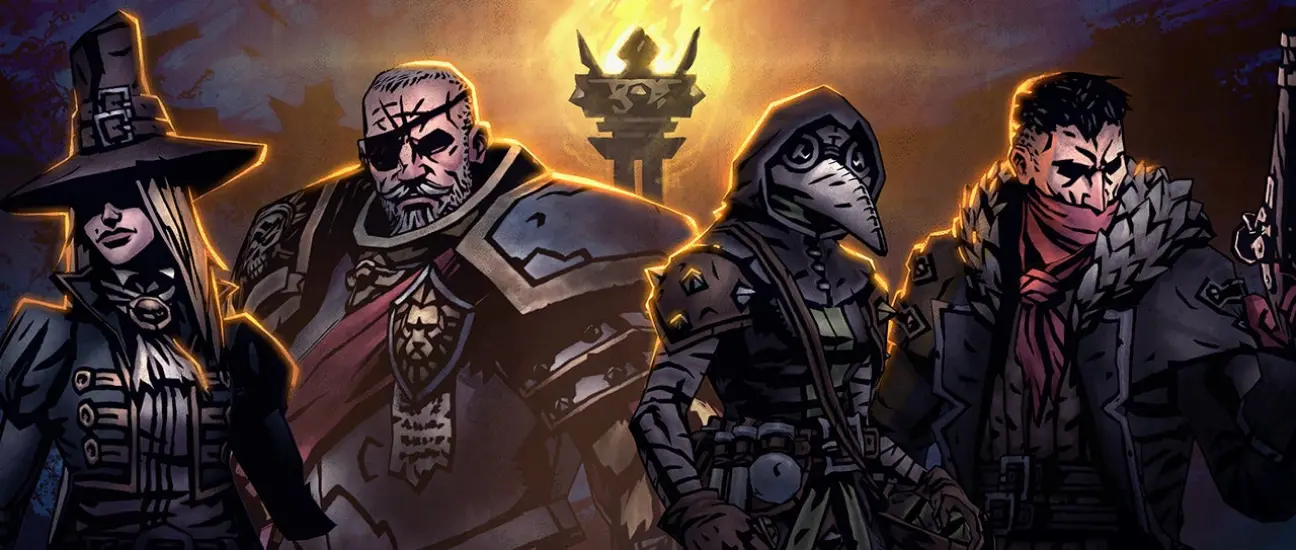
“Darkest Dungeon” received critical acclaim for its innovative mechanics, challenging gameplay, and atmospheric presentation. It garnered several awards and nominations, increasing its visibility and credibility.
Released In – 2015
Copies Sold – 16 million+
Revenue Generated – $133.17 million+
Cuphead; Don’t Deal With the Devil
Studio MDHR, founded by brothers Chad and Jared Moldenhauer, developed Cuphead. They drew inspiration from 1930s cartoons, creating a visual style that immediately set the game apart. The team hand-drew and inked every frame of animation, resulting in a stunning, nostalgia-inducing aesthetic.
The game takes place on Inkwell Isle, where the main characters Cuphead and his brother Mugman live under the care of Elder Kettle. Despite warnings from Elder Kettle, the brothers venture into the Devil’s Casino.
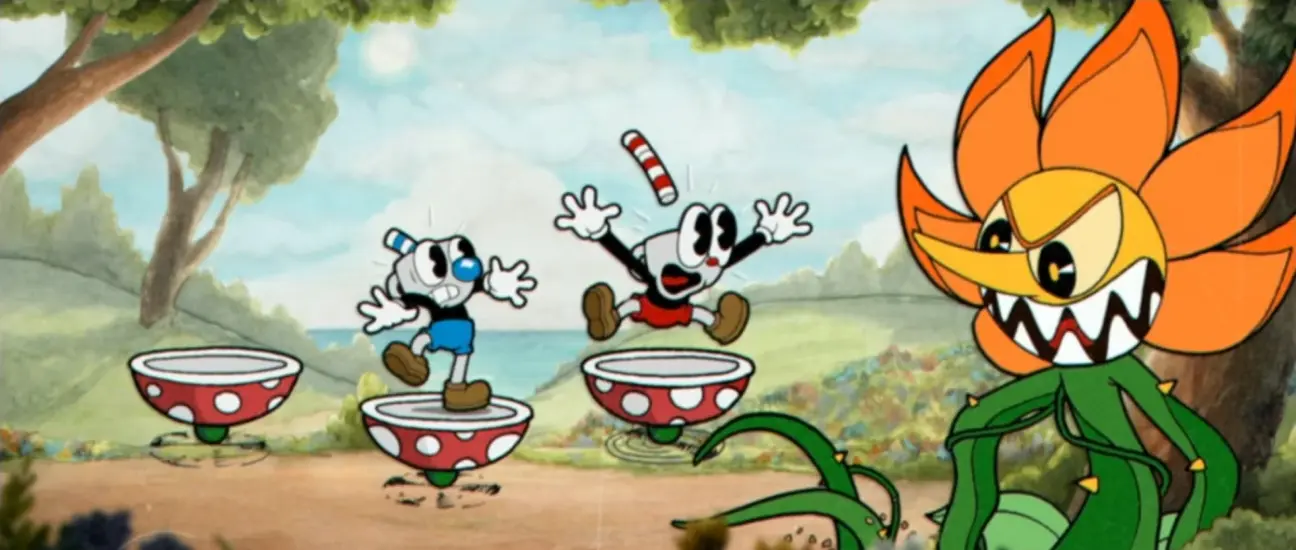
The story was so intriguing that upon its release in 2017, Cuphead received widespread critical acclaim. Reviewers praised its art style, animation quality, jazz-inspired soundtrack, and challenging boss battles. This positive reception fueled sales and word-of-mouth promotion.
Released In – 2017
Copies Sold – 6 million+
Revenue Generated – $56 million
Shovel Knight: Treasure Trove
Shovel Knight: Treasure Trove” is an action-adventure platformer game created by Yacht Club Games. The game is a tribute to classic 8-bit and 16-bit era games, with a modern twist in its design and gameplay mechanics.
Players control Shovel Knight, a knight wielding a shovel as a weapon. The shovel is used for combat, digging, and pogo-jumping on enemies and obstacles, reminiscent of mechanics from classic games like “DuckTales.”
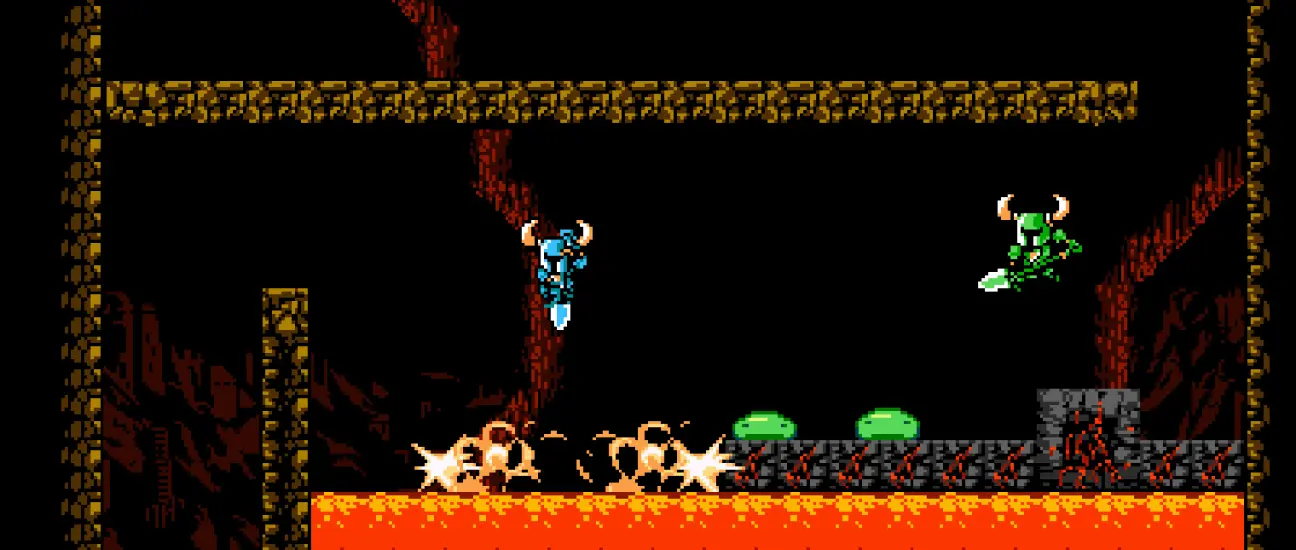
“Shovel Knight” was released on multiple platforms, including PC, consoles, and handheld devices, maximizing its reach. The game received numerous awards and nominations, including praise for its gameplay, design, and music. These accolades helped boost its visibility and credibility in the gaming community.
Released In – 2009
Copies Sold – 2 million+
Revenue Generated – $24.75 million+
Inside
Playdead launched “Inside” after spending six years crafting an atmospheric, puzzle-platformer that pushed the boundaries of storytelling and game design. The team focused on creating a haunting, minimalist aesthetic and intuitive gameplay mechanics.
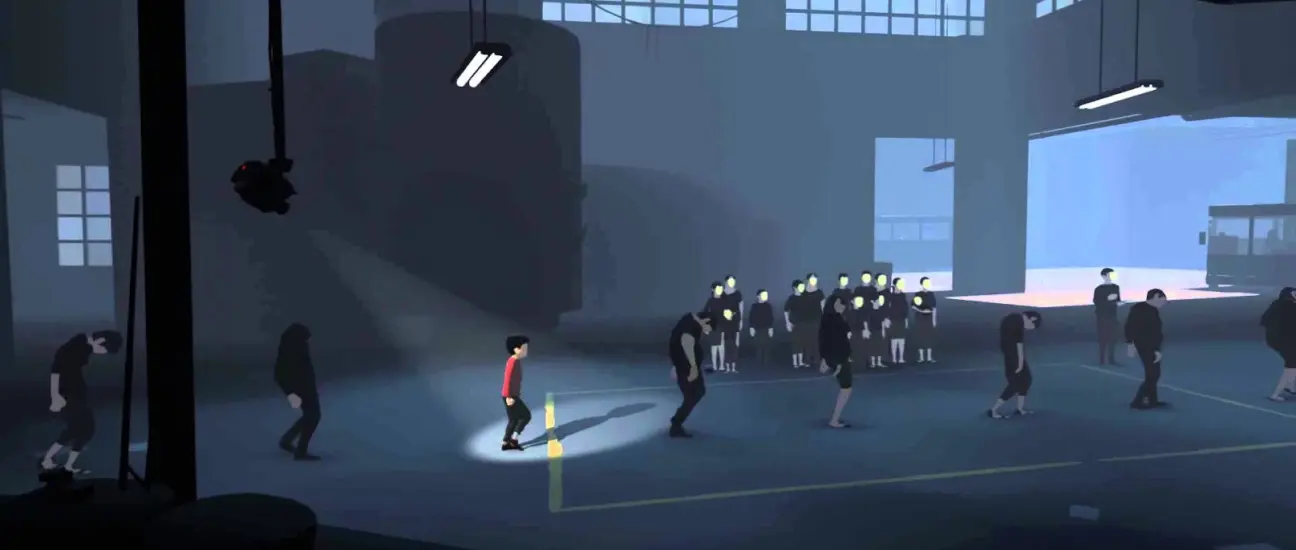
The game’s mysterious narrative and dystopian setting immediately captured players’ attention. “Inside” tells the story of a young boy navigating a dark, oppressive world without using any dialogue or text. This approach to storytelling sparked intense discussions and theories among players, driving word-of-mouth promotion.
The game received numerous perfect scores and Game of the Year nominations, marking its place in the gaming industry.
Released In – 2016
Copies Sold – 1.4 million
Revenue Generated – 4.41+ million
Key Steps and Team Composition for Indie Video Game Development
Indie video game development has a multi-stage process that spans from the initial idea to the final release and beyond. Here is an overview of it:
Pre-Production
Pre-production starts with the team conceptualizing core ideas and gameplay mechanics. Developers create game design documents outlining the game’s scope, features, and vision. After outlining features, developers create wireframes and move to game prototyping to test the game at an early stage.
Programming
In this stage, developers build the codebase and implement features. Artists go for game character design, game-level design, environments, and user interface elements. Sound designers and animators create animations and sound effects and hand over the game to testers for testing.
Post Production
In this stage, experts polish the game, conduct comprehensive quality assurance testing, and prepare the game for final launch.
If we talk about team composition for Indie games, then you could even hire an individual developer to develop a small-sized Indie game. If it’s a large game, you may have to hire game concept artists, designers, developers, animators, sound designers, and testers.

What is the Cost of Indie Game Development?
On the lower end, the basic video game development cost might come around $5,000 to $10,000, while mid-range Indie projects may fall between $50,000 and $7,50,000. More ambitious endeavors can exceed $1 million, especially when factoring in extensive marketing campaigns and high-quality art and audio assets. Along with it, the cost will also vary according to device type. For example, cost might be low if you are investing in Indie mobile games rather than PC or console.
However, the cost of Indie game development depends on multiple aspects, including project scope, team size, development time, required tools and technologies, etc. Therefore, Indie game development services do not have a one-size-fits-all estimate.
A solo developer creating a simple mobile game might spend just a few thousand dollars, while a larger team working on a more complex project could easily invest hundreds of thousands or even millions. Indie game development costs typically include software licenses, asset creation or purchase, marketing efforts, and potential platform fees.
Develop High-Quality Indie Games with 300mind’s Assistance
300Mind is a known game development company widely acknowledged for creating Indie games with innovative gameplay mechanics, unique art styles, and original storytelling. We follow a streamlined development process that covers every facet of game development, from imaginative storytelling and intricate design to captivating soundscapes and stunning visuals.
Our experts meticulously craft every element of the game, ensuring that each detail, no matter how small, contributes to an immersive and engaging experience for players. Our unparalleled creativity, meticulous development, and robust support set a high standard in the industry and ensure that each game not only meets but exceeds player expectations.
FAQ on Indie Game Development
Developing an indie game involves several key steps: starting with a unique and well-researched game concept, followed by creating a detailed game design document outlining mechanics, story, and art style, programming, testing, and launching. You can hire a skilled team or individuals with the required experience and expertise.
Yes, many Indie games have made whooping profits and have achieved significant success, generating over $1 million in gross revenue. However, most of them were created by a team rather than solo developers.
Players are drawn to indie games for their creativity, distinct art styles, and engaging narratives, which stand out amidst the abundance of similar AAA releases or popular battle royale games. The growth of digital distribution platforms and the success of numerous high-profile indie titles have further fueled interest, making indie games a popular and vibrant segment of the gaming market.
Indie game development cost usually starts from $5,000 if you hire game designers individually for a small-budget game. However, if you choose to hire a team for a mid-tier or large project, it may start from $10,000.
